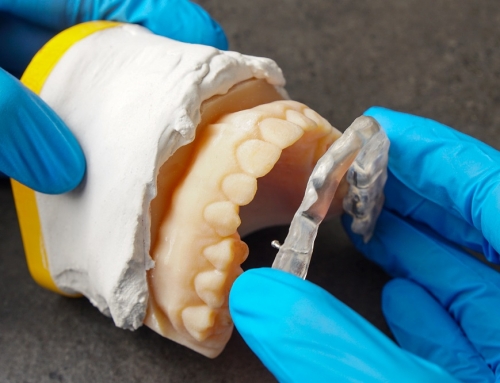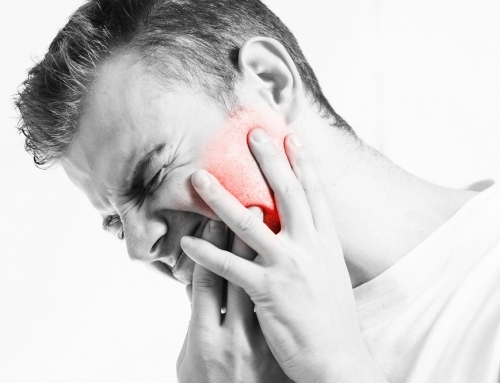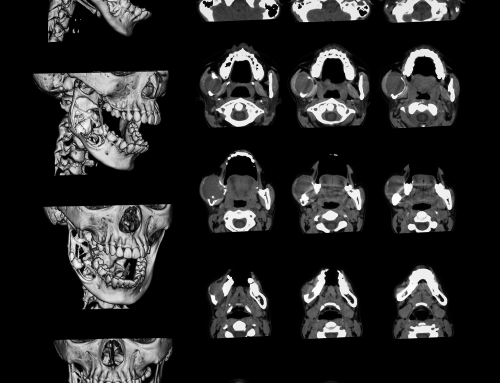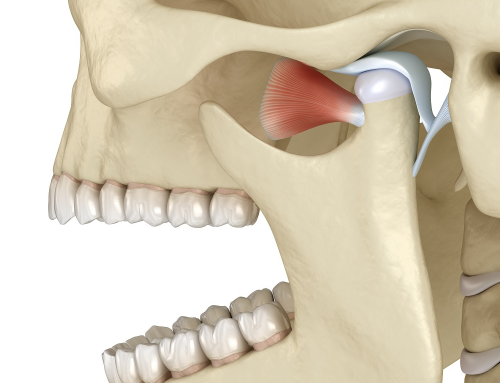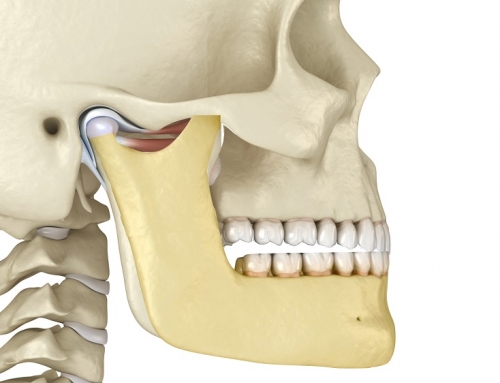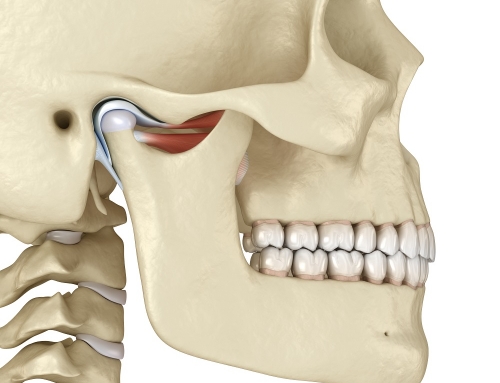Pathological Side of Tooth Wear
Many people think that tooth wear is “just a sign of aging”. That couldn’t be further from the truth. Tooth wear from grinding (bruxism) is a sign of a pathological condition that results from a misalignment of the lower jaw position as related to a neuromuscular optimal position it should be in.
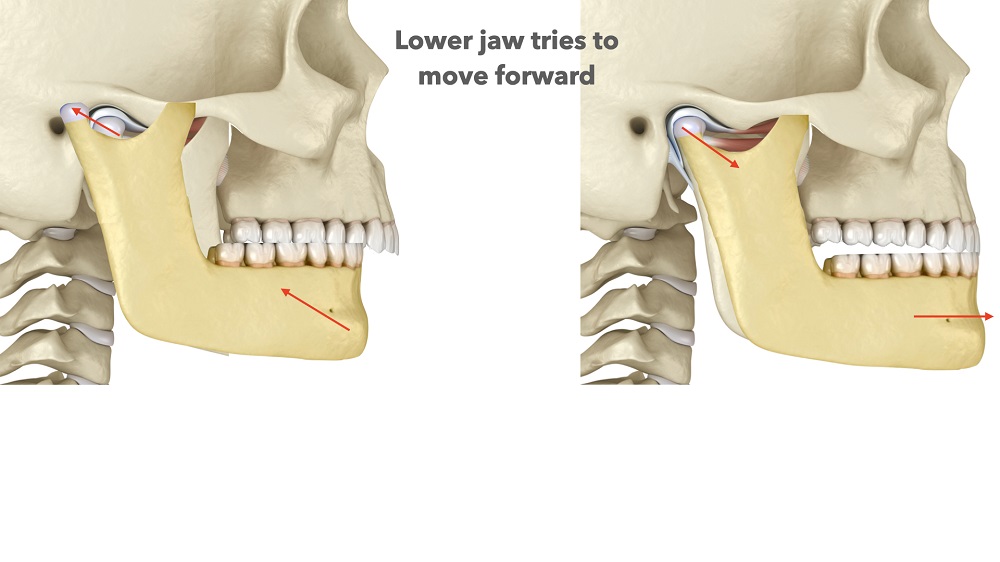
When the lower jaw is not aligned in its neuromuscular optimal position, the facial muscles “try” to align in, especially when sleeping, and attempt to move it into Optimum Physiologic Position (OPP). When upper teeth get in the way of this happening freely (preventing the lower jaw from coming forward where it wants to be), the subconscious solution is to “grind the teeth that are in the way” to allow this movement to occur. So what happens is that the person starts to grind in this position and, overtime causes wear on the anterior upper and front teeth.
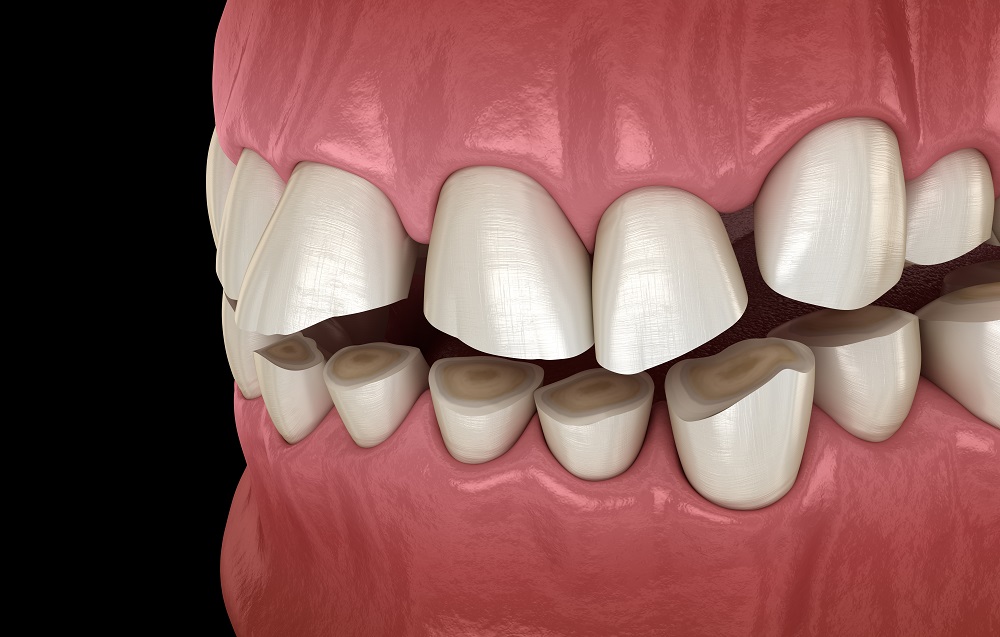
As a result, people whose lower jaw is retruded, will come forward when sleeping and attempt to grind away the upper teeth that are “in the way” of their lower jaw coming into OPP. When you can see your lower and upper teeth align perfectly into their wear facets, that is a sure sign of this condition, and a warning that you need to prevent further damage from occurring right away.
If bruxism is not treated, and grinding continues, too wear accelerates as enamel is worn down. The dentin layer of tooth underneath the enamel is much softer and once exposed (visible yellowing of incisal surfaces), the wear will become progressively worse. The consequences of allowing this to continue can be severe and include pain, tooth mobility, tooth chipping and fractures, tooth loss, headaches, TMD symptoms including jaw pain, muscle pain, neck pain, shoulder pain, and continued worsening of symptoms.
Early intervention and treatment is key to prevention.

